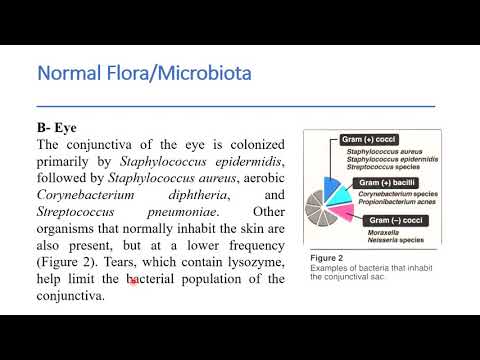Cells
Furthermore, functional experiments gave a robust assist to a mannequin of the evolutionary emergence of pacemaker cells as neurons utilizing elements of innate immunity to interact with the microbial surroundings and ion channels to generate rhythmic contractions. In this research, we identified and functionally characterised prototypical ANO/SCN/TRPMion channel-expressing pacemaker cells within the basal metazoan Hydra through the use of a mix of single-cell transcriptomics, immunochemistry, and functional experiments. difficile, leads to an infection of the gastrointestinal tract, normally related to dysbiosis with the microbiota believed to have been attributable to the administration of antibiotics.
The other 5 genome assemblies contained the identical resistance genes and replicons across a number of smaller contigs . The over- and inappropriate use of antibiotics has promoted the evolution of resistance in pathogens, leading to a crisis for human healthcare . To fight this problem, it is important to understand the underlying mechanisms of how resistance is acquired by bacteria and spreads within bacterial populations and communities .
Resident Microbial Communities Inhibit Growth And Antibiotic
This suggests this plasmid was conjugative and could possibly be transferred to our focal pressure, consistent with the presence of tra genes on this plasmid . Human our bodies depend on the innumerable bacterial genes because the source of important nutrients. Both metagenomic and epidemiological studies indicate very important roles for the human microbiome in preventing a wide range of illnesses, from sort 2 diabetes and weight problems to inflammatory bowel illness, Parkinson’s disease, and even mental health circumstances like melancholy.

Finally, it seems that indicators launched by bacteria can modulate amyloid formation and activate pro-inflammatory responses in the brain, suggesting a powerful interaction between the microbiome and neuroinflammation in neurodegenerative diseases initiation and progression. The relationship between some intestine flora and people just isn’t merely commensal (a non-dangerous coexistence), but somewhat a mutualistic relationship. Some human gut microorganisms profit the host by fermenting dietary fiber into brief-chain fatty acids , similar to acetic acid and butyric acid, that are then absorbed by the host. Intestinal micro organism additionally play a task in synthesizing vitamin B and vitamin K in addition to metabolizing bile acids, sterols, and xenobiotics. The systemic significance of the SCFAs and different compounds they produce are like hormones and the gut flora itself seems to perform like an endocrine organ, and dysregulation of the intestine flora has been correlated with a number of inflammatory and autoimmune circumstances. In people, the composition of the gastrointestinal microbiome is established throughout delivery.